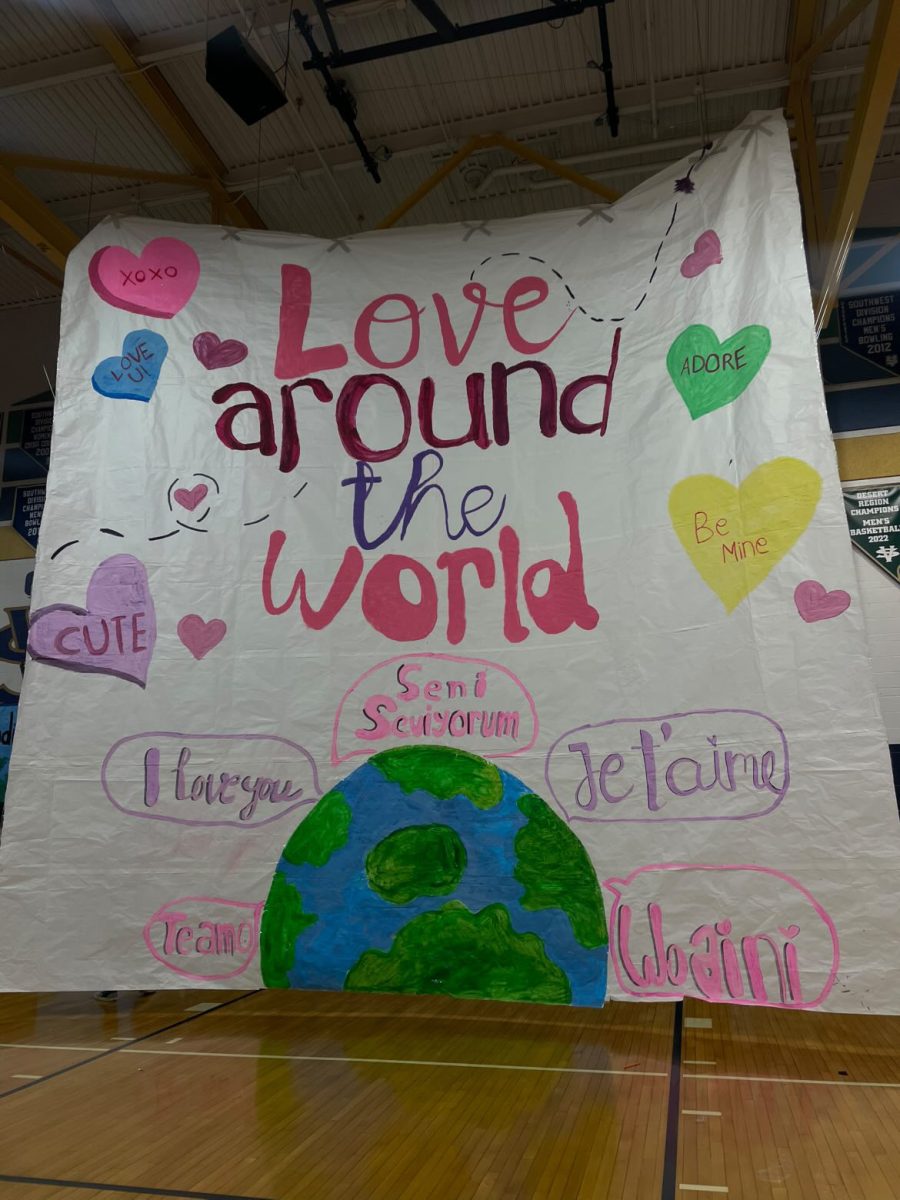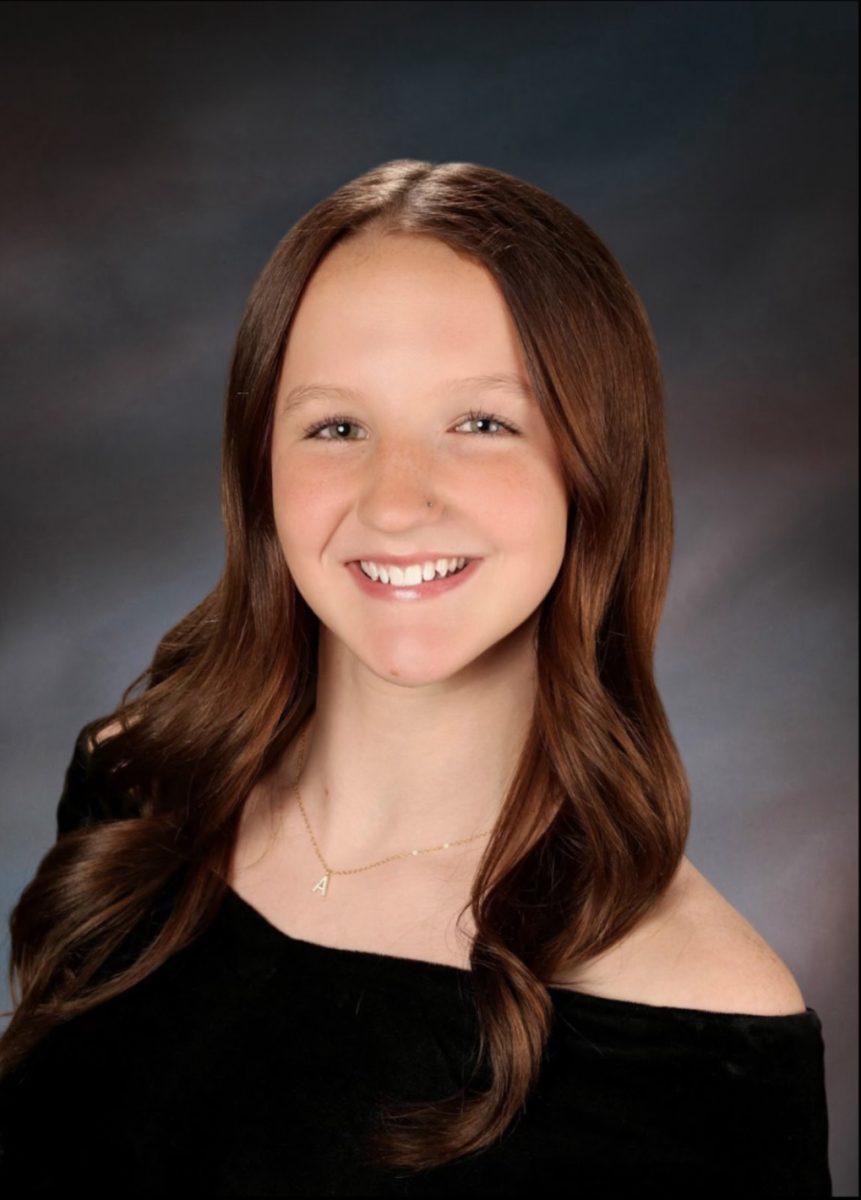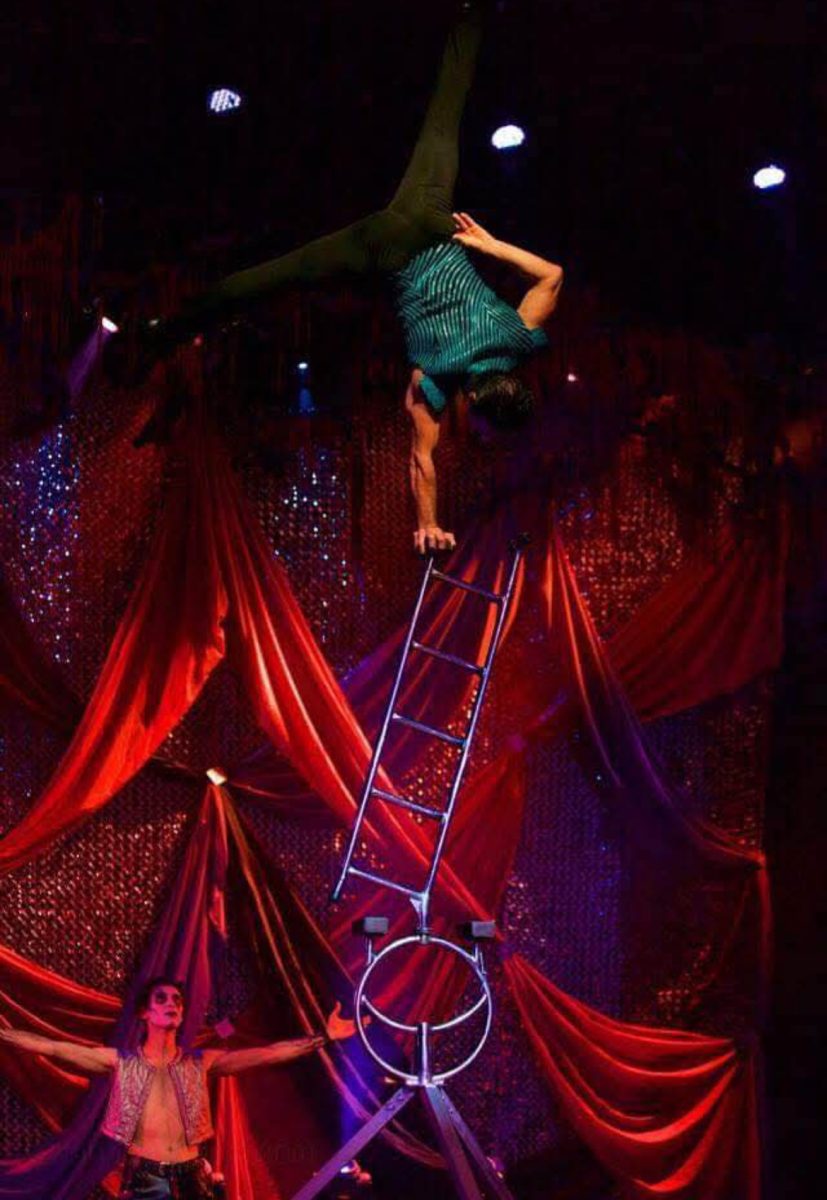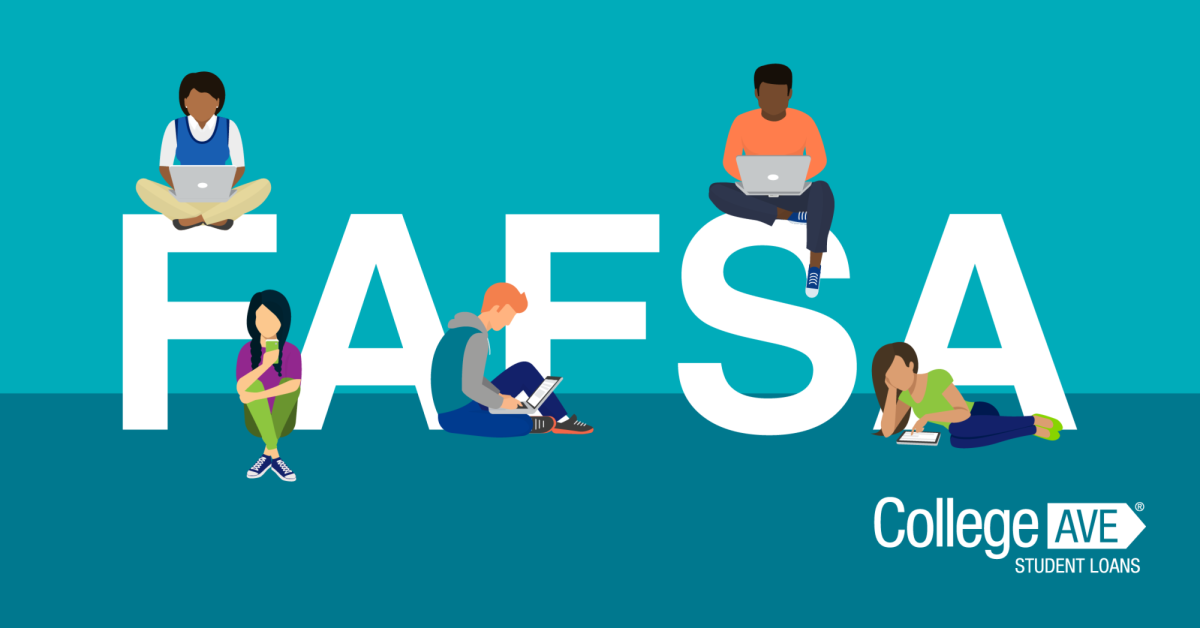The vibrant buzz of school spirit at Spring Valley High School is more of an aspiration than a reality. There’s no tradition of packed bleachers at football games or enthusiastic crowds at pep rallies; school events often feel more like afterthoughts than celebrations. But as the year marches on, efforts to change that seem to be at a standstill, despite the hard work of Student Council Advisors Kyle Brown and Lacey LeBaron. The determination to foster a stronger sense of pride is unwavering, but after three years of trying to energize students in their roles, the results are less than what they’d strived towards.
I met Mr. Brown in his office, a small room lined with pictures from past events, some more successful than others. His office, like the school, feels like it’s on the cusp of something better—yet somehow, it’s still waiting for that spark. Brown knows the students here—what excites them and, perhaps more importantly, what doesn’t.
“When I first got here, there was no real school spirit to begin with,” Brown said, his voice tinged with both recognition and frustration. “People just weren’t interested in participating. We didn’t have the foundation for it. We’ve tried building something from scratch, but it’s been a lot harder than we expected.”
As he reflects on his time at Spring Valley High School, it’s clear that school spirit has never been something students have actively sought. Sports events, pep rallies, assemblies, and dances often struggle to draw even a modest crowd, according to Brown,
“Our spring dance ‘Love Around the World’ only had twelve tickets sold,” Brown said. “And all of the tickets bought were from student council members that were required to attend the dance.”
The school has always operated without the vibrant buzz that many other schools experience. But despite the efforts from Brown and student council, the uphill battle to improve the culture often feels like it’s going nowhere.
“We’ve had assemblies that were practically empty,” Brown said, rubbing his temples. “We’ve tried different approaches, but it feels like we’re stuck in a loop—students just don’t seem to care.”
While many schools may have an innate sense of pride rooted in tradition or a strong sports culture, Spring Valley High School has faced the unique challenge of building that pride from the ground up. Brown and the rest of the student council have organized countless events, including spirit weeks, school dances, and sporting events, all in an effort to foster community and pride. But time and time again, the turnout is low, and the enthusiasm is even lower.
“I think part of the issue is that students just don’t feel like they belong here,” Brown said with a sigh. “There’s no strong identity that people latch onto, no unifying force that gets everyone excited to be part of the school,”
LeBaron, his co-adviser in the Student Council, also struggles with the lack of excitement.
“I didn’t experience school spirit in high school, but I went to Utah State for college and have never seen anything like it when it comes to student involvement,” LeBaron shared. “I want to bring that into Spring Valley.”
Her experience at Utah State provided her with a different perspective of what school spirit can look like, and she believes that fostering involvement starts with creating meaningful connections with students.
“I believe that school spirit isn’t just about cheering at games or wearing school colors; it’s about making students feel like they matter,” she explained. “If we can create spaces where students feel valued and included, the school spirit will follow.”
I asked Brown if he thinks it’s possible to change the culture, and he hesitated. “It’s tough. I’m not sure if we’ll ever get to a place where everyone’s invested, but I think we can make incremental changes. Right now, we’re focusing on small victories. If we can get just a few more people involved with each event, that’s progress.”
But progress has been slow. Even with new strategies—like leveraging social media to promote events or trying more interactive, student-led initiatives—the response has been lukewarm at best. Brown believes that part of the problem is the lack of student buy-in from the start.
“When you have a student body that’s indifferent, getting them involved in school activities isn’t easy,” he said. “It’s hard to build momentum when no one is willing to take the first step.It’s also a problem because of the staff at our school. Many of the teachers tell students they can just leave school before assemblies start. It is not allowed but many staff still let it slide.”
Though Brown has worked hard to create a culture where school spirit is more than just a buzzword, he admits it’s an ongoing struggle.
“It feels like we’re constantly hitting a wall,” he said. “No matter what we try, there’s no significant shift in engagement. It’s just difficult to get students to realize the value of being part of something bigger than themselves.”
As we continue talking, it becomes clear that fostering school spirit at Spring Valley High School is not just about big events or flashy marketing campaigns. It’s about changing the culture, but that kind of change takes time. Brown acknowledges that the lack of enthusiasm may not be unique to this school—many schools face similar challenges—but it still feels like a personal failure for him.
“I don’t think we’ll ever have that intense school spirit you see at other places,” Brown said. “But I do think we can find a middle ground, a place where people care enough to participate. Even if it’s small, we’ll keep pushing for it.”
His optimism, despite the lack of tangible results, is palpable. “At the end of the day, it’s about persistence. We can’t give up just because it’s tough. Every little bit of participation is a win, and we’ll keep building on that,” he said, with a nod of resolve.
For Mr. Brown, and the student council, the mission remains clear: progress is a slow and steady process. Whether or not school spirit ever becomes a defining characteristic of Spring Valley High School, the effort to build a stronger sense of community will continue.
“Even if the results are small, they are still steps forward,” Lebaron said. “After all, change takes time, and as long as there’s a glimmer of hope for progress, the work isn’t done yet.”










